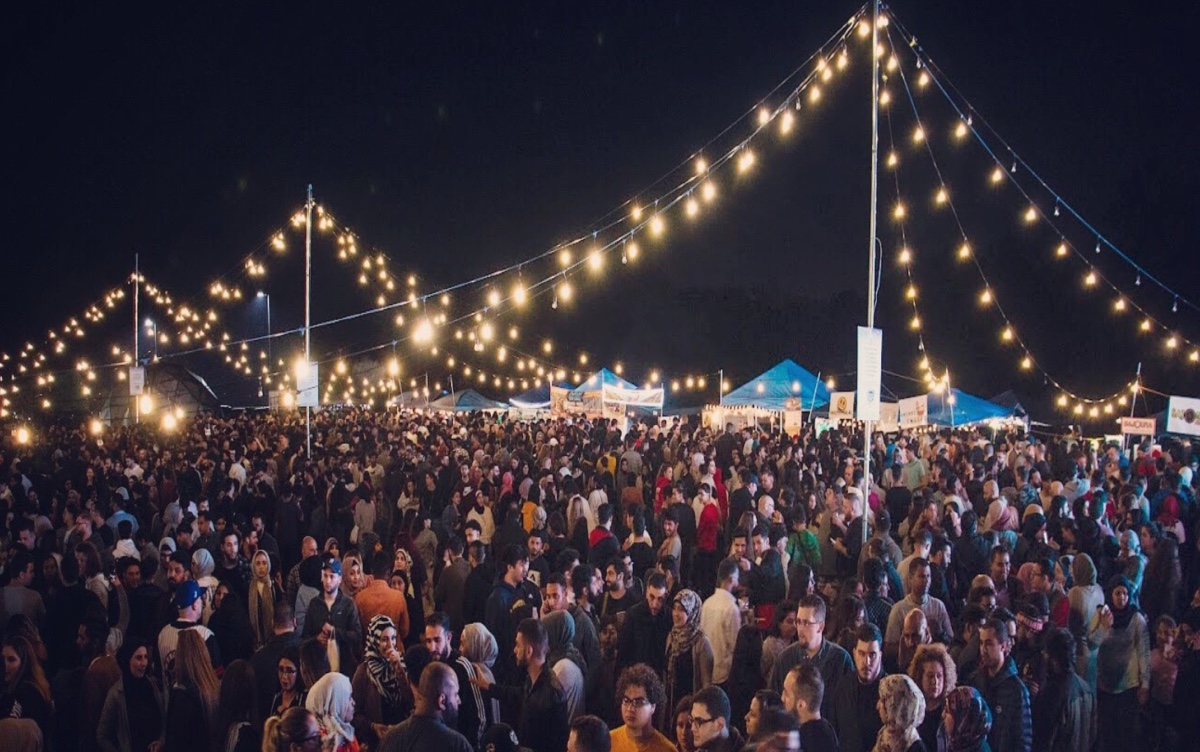Communal Illusions Of Indian Politicians
By Nilofar Suhrawardy, MMNS India Correspondent
NEW DELHI: It is indeed ironic that key politicians have chosen to play on highly sensitive communal issues, linked with Ayodhya and Gujarat, during their campaign for ongoing Lok Sabha elections. Why? This demands analysis of possible factors, which have tempted rival politicians to highlight these issues to convince voters of their “secular†as well as “political†credibility. Without doubt the Ayodhya-issue cannot be de-linked from the period (from late eighties) marked by communal conflict across the nation, demolition of Babari Masjid (December 6, 1992) claimed to be birth place of Hindu deity-Rama, decline in the political importance of Congress and the new political significance gradually assumed by Bharatiya Janata Party (BJP) – the political wing of Hindu extremists’ saffron-brigade (who played a key role in demolition of Babari Masjid).
Would it be correct to assume that hype raised after nearly two decades have passed, over the Ayodhya-issue can prove politically beneficial for either the Congress or the BJP during these elections? When the Congress draws attention to Ayodhya-issue, it also amounts to reminding the Indian electorate of the communal havoc raised by BJP and its saffron associates during that period. The BJP’s reference to issue is supposed to be understood as its “commitment†to build the temple at the disputed site if it assumes power to form single-party government. It would be pertinent to recall that Congress government headed by Prime Minister P.V. Narsimha Rao was in power when the mosque was demolished. Those years were also a period of political instability. Before the mosque’s demolition, between 1989 and 1991, the country had three prime ministers. This also suggests that political instability played a crucial role in helping saffron brigade to excite communal frenzy over the disputed Ayodhya issue.
During the 1989 elections, the BJP won 86 seats, forming roughly 20 percent of then Lok Sabha. Equally significant is the fact that in none of the elections, following the mosque’s demolition was BJP able to form a single-party government. In 1996, Atal Behari Vajpayee (BJP) took over the reins as Prime Minister from his predecessor, but was not able to remain in office even for a month. He was succeeded by H.D. Deve Gowda, who was followed by I.K. Gujaral, both of whom remained premiers for less than a year each. Vajpayee returned as the premier in 1998 to stay in power for the entire term. But with BJP lacking sufficient number of seats to form a single party government, to step into prowess by leading National Democratic Alliance – which included several secular parties also – it had to put its Hindutva-agenda in the backburner. These political developments suggest that political instability along with people’s desire for change and lack of a strong leader within the Congress played a greater role than Ayodhya-issue in helping BJP assume power in 1998. If demolition was the one and only issue responsible for BJP’s political rise, it would not have taken it six years to assume power at the center, that too after agreeing to abide by what its secular NDA allies demanded.
The BJP-led NDA government stayed in power for the entire term (March 1998 to May2004) with Congress in opposition. The period was also witness to Gujarat-carnage (2002), in which Muslims were victims in a state led by BJP Chief Minister Narendra Modi. Equally noteworthy is the fact that despite BJP being at the center, communal violence remained confined largely to Gujarat. Besides, the party also faced strong criticism from its own allies over the Gujarat-case. To date, the BJP has not been able project its image as purely “secular†primarily because of it being communally tainted because of the Ayodhya-issue and Gujarat-carnage.
Ironically, despite BJP being confident of returning to power in 2004 elections, it failed. The anti-incumbency factor linked with the negative image earned by it because of the Gujarat-carnage apparently played a major role in preventing its return to power. The Indian voters, of whom Hindus form the majority with Muslims constituting less than 15 percent of the total population, certainly did not want repetition of Gujarat-like communal frenzy in any part of the country. It may be noted, over the past few years, India has been witness to many blasts, for which largely Muslims have been held as “suspect-terrorists.†Neither of these “terrorist†incidents have provoked communal violence anywhere in the country. Rather cutting across religious barriers, people have joined hands, lit candles and helped the victims, displaying the secular spirit that binds them.
Against this backdrop, there is no denying that politicians are trying their hands at using the Ayodhya-issue and Gujarat-carnage to polarize the vote-banks along communal lines. Sadly, the politicians guided by communal illusions about Indian voters’ attitude have not paid due attention to the reality, that is the strength of Indian secularism at the grassroots. Not surprisingly, politicians making noise about Ayodhya and Gujarat have succeeded so far only in gaining some media coverage, a little criticism and practically no attention from the common Indian voter!
11-20












2009
844 views
views
0
comments